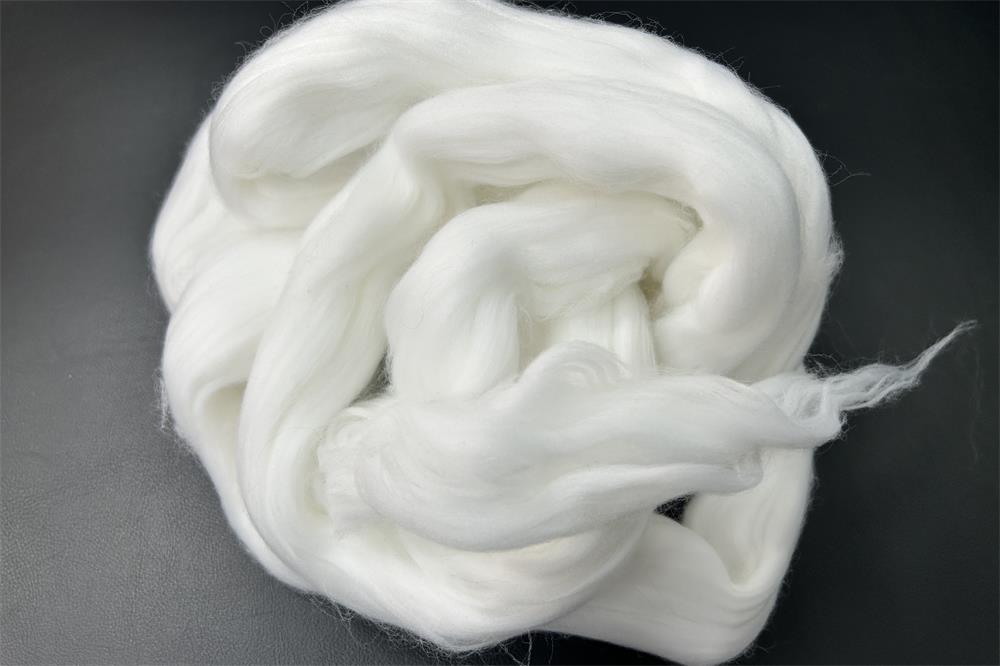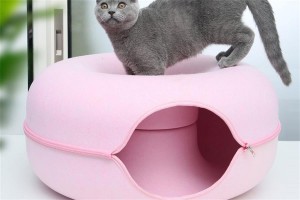Discover the versatility and beauty of wool top roving
What is wool top roving?
wool top roving, often simply "roving", is a preparation of filament fibers used in spinning and other fiber arts. It is a top made from a waste polyester plastic bottle or other polyester waste through processes such as crushing, cleaning, melting, spinning, and weaving. This wool top rovingis coarsely sanded to produce an even yarn that pills less, can withstand a lot of wear, and has great stitch definition. It is shaped as a long, narrow bundle of carded or combed wool fibers arranged parallel to each other. The term "wool top" in top roving refers to the arrangement and textural properties of the fibers that make it easier for craftsmen to draft and spin the yarn.

Characteristics of wool top roving
Wool top roving offers a number of advantages that make it a favorite choice among fiber artists:
1. Softness: wool Top roving is highly regarded for its soft and comfortable touch, making it ideal for making warm and comfortable textiles.
2. Easy to spin: The orderly arrangement of fibers in roving simplifies the spinning process, making it easier even for beginners.
3. Versatility: Whether you like to knit, crochet, weave or felt, wool top roving can be used for a variety of projects.
4. Customizability: Dyers and craftsmen can easily dye wool top roving to create their desired color palette.
5. Environmentally friendly: wool top roving is a renewable and biodegradable resource, making it an environmentally conscious choice.

Application of wool top roving
1. Spinning: The most common use of wool top roving is hand spinning to produce yarn for knitting, crocheting and weaving. Neatly arranged fibers ensure consistent, smooth spinning.
2. Felting: wool top roving is an important material in wet and dry felting techniques, allowing craftsmen to create sculptures, clothing and home decorations.
3. Weaving: It can be used as weft or warp in weaving projects, adding texture and warmth to woven works.
4. Knitting and Crocheting: Using knitting and crocheting techniques, roving can be transformed into unique accessories, apparel, and cozy blankets.
5. Textile Art: Artists use wool top roving to create tapestries, wall hangings and mixed media textile art.

Conclusion about wool top roving
wool top roving is a versatile and popular material among craftsmen and artists. Its rich history, diverse varieties and wide range of applications make it an important resource in the field of fiber arts. Whether you are an experienced spinner or a new crafter, wool top roving offers endless possibilities for creativity, warmth and sustainable textile creation. So embrace the allure of wool top roving and let your imagination run wild with this remarkable natural fiber.











